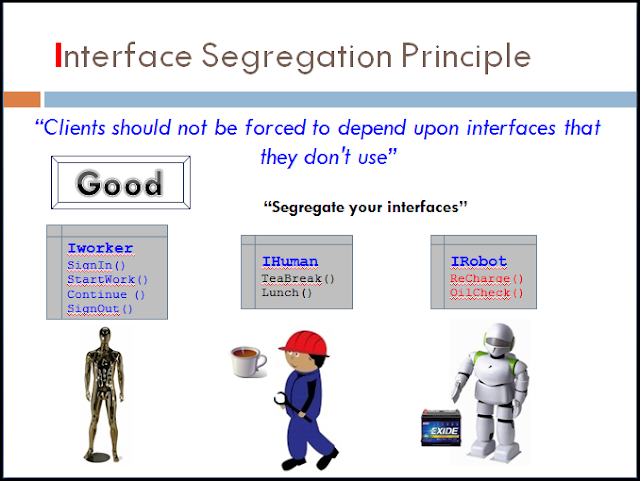In this Article we are going to talk about NodeJS. you will learn what is NodeJS and Why it is very important , pros and cons of NodeJS and finally how we can install NodeJS in our systems.
What is NodeJS
When you heard the term JAVA SCRIPT the first thing that will come to your mind is web browser because its the most common way to execute JS codes. with NodeJS you will no longer require a web browser to execute your java script code because NodeJS is an open-source, cross-platform, JavaScript run-time environment that executes JavaScript code outside of a web browser. NodeJS is built on Google Chrome's V8 Engine.
Why NodeJS is important to us?
Most simple answer for this question is, because NodeJS is everywhere. NodeJS is widely used by many large enterprise companies because its fast , efficient and most importantly it is the best option when it comes to scalabilty.
in the following list you can see some huge companies that widely use NodeJS.
Advantages of using NodeJS
- Easy Scalability
- High Performance
- You can develop a complete web app just knowing the javascript without knowing any other languages.
- Easy to Learn
- Highly Extensible



















